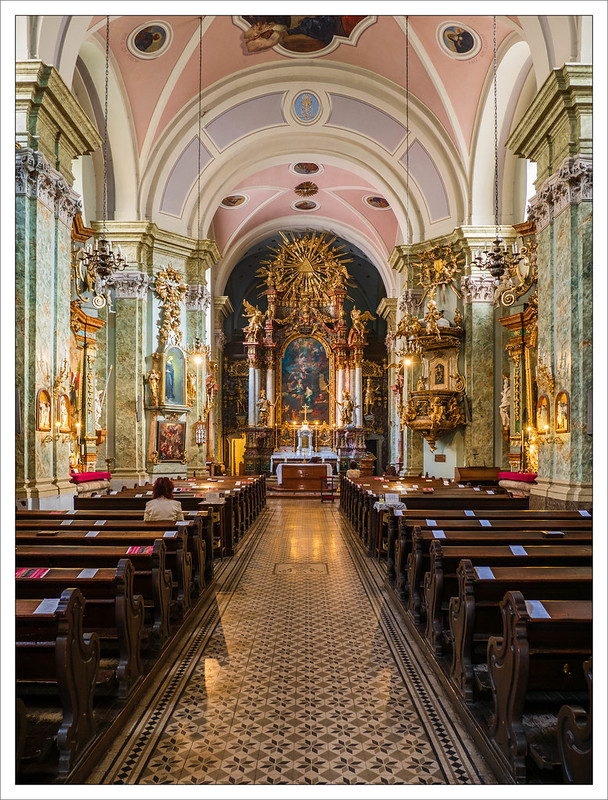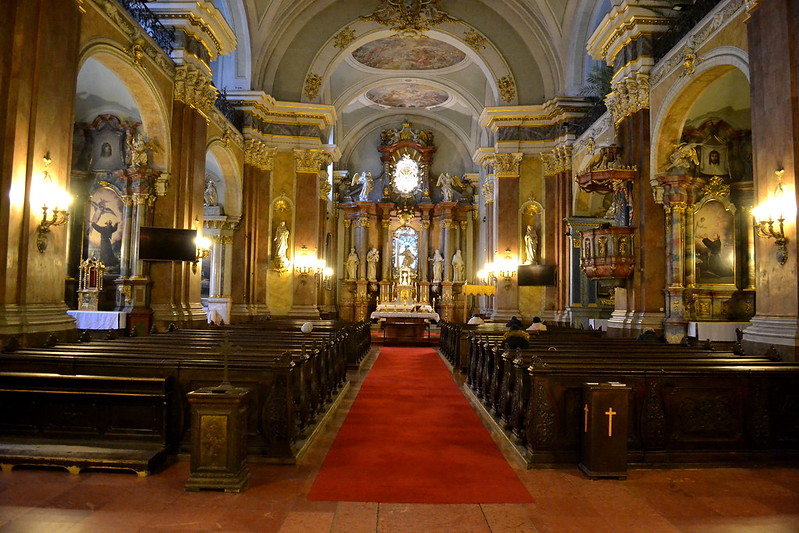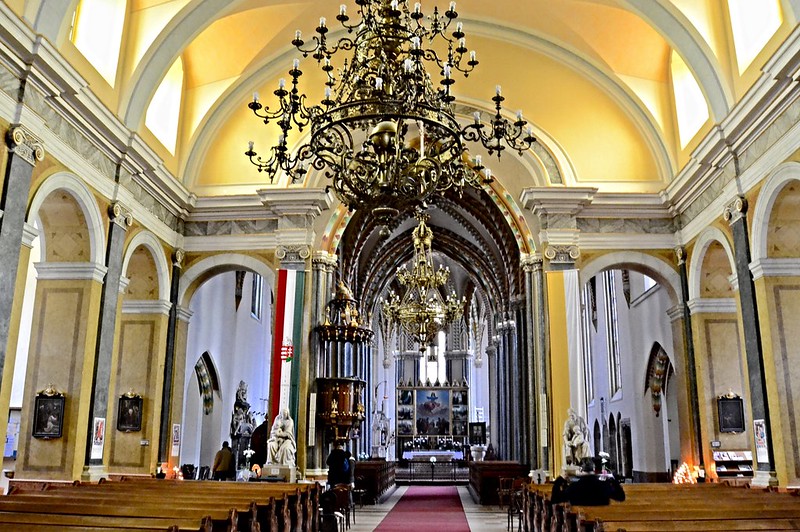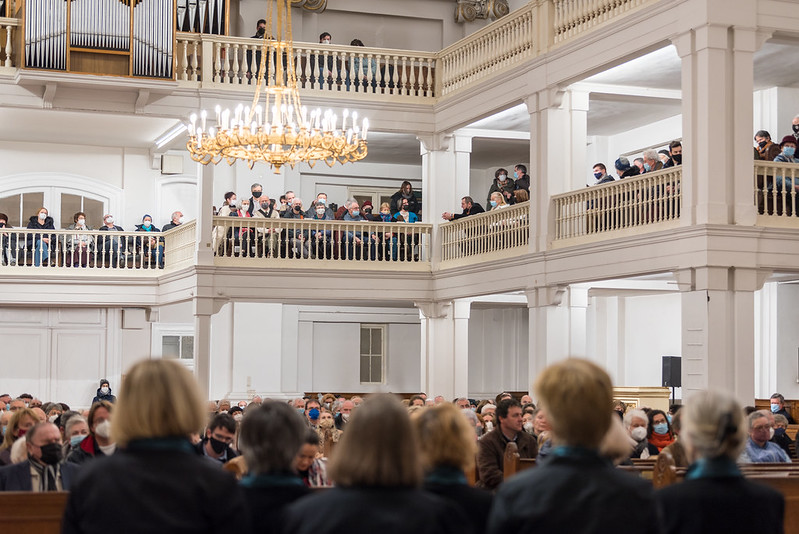A Spiritual Journey Through Budapest: The City’s Best Churches and Synagogues
Budapest, the jewel of the Danube, is adorned with architectural treasures that trace the city’s captivating history. A spiritual journey through Budapest’s best churches and synagogues unveils not only the grandeur of their design but also the tales they tell of centuries past.
In the wake of the Turkish occupation, when many medieval and Renaissance churches were transformed into mosques and subsequently destroyed, the late 17th century saw the city’s spiritual architecture rejuvenation. As a result, Budapest is a trove of Baroque and Neo-Classical religious edifices, each with a story to tell.
The Echoes of History
The Capuchin Church, still bearing Turkish windows from its days as a mosque, stands tall amidst fragments of medieval walls, serving as a testament to the city’s tumultuous past.
The mid-18th century gave rise to St. Anne’s Church, a Baroque masterpiece adorned with joined figures of St. Anne and Mary on its facade. Its elegance and charm make it one of Budapest’s most beautiful churches.

Mátyás Church, the coronation site for Hungarian kings, beautifully fuses Romanesque and Gothic styles, boasting a Neo-Gothic altar from the 19th century. This church’s layered history makes it a highlight of any tour through Budapest.

In the cavernous heart of St. István’s Cave, priests from the Pauline order established the Rock Church in 1926, inspired by the holy grotto at Lourdes. The unique location makes this church a must-visit spot for adventurous travelers.
St. Stephen’s Basilica, built between 1851 and 1905, dominates the cityscape with its grandeur. A bas-relief by Leó Feszler, showing the Virgin Mary amidst Hungarian saints, graces the main tympanum of this monumental edifice.

The Lutheran Church, a Neo-Classical marvel completed in 1808 by Mihály Pollack, showcases an impressive façade added later by József Hild.
The Great Synagogue, characterized by its two Moorish-style minarets topped with onion-shaped domes, stands as the largest synagogue in Europe and is a testament to Budapest’s rich Jewish heritage.

The Franciscan Church enchants with its 19th-century paintings by Károly Lotz, set against a Baroque backdrop. At the same time, the Inner City Parish Church, Pest’s oldest surviving structure dating back to 1046, features a figure of St Florian, the patron saint of firefighters, a reminder of the church’s survival through the city’s great fire of 1723.

Religious Architectural Landscape
Most of these sacred sites cluster around the centers of Buda and Pest, with a few architectural marvels scattered on the city outskirts. After the final expulsion of the Turks, the 18th century marked a significant period of church construction, followed by another phase in the late 19th century. These periods gave rise to some of Budapest’s grandest places of worship, including St Stephen’s Basilica and the Great Synagogue.
A Medley of Styles
The Mátyás Church and the Inner City Parish Church both date back to the reign of Béla IV in the 13th century, offering glimpses of their original Romanesque styles, despite Gothic-style renovations.

The 18th century saw a wave of Baroque architecture, with churches such as the University Church and St. Anne’s Church considered the city’s most beautiful structures from this era.
The late 19th and early 20th century saw the rise of Neo-Classical, Historicism, and Hungarian National Styles, exemplified by the Lutheran Church and the Városliget Calvinist Church.

Embarking on a spiritual journey through Budapest offers more than an encounter with the divine. It unveils a city steeped in history, a testament to resilience, and a celebration of architectural grandeur that spans centuries. Explore Budapest’s best churches and synagogues, and experience a journey through time.